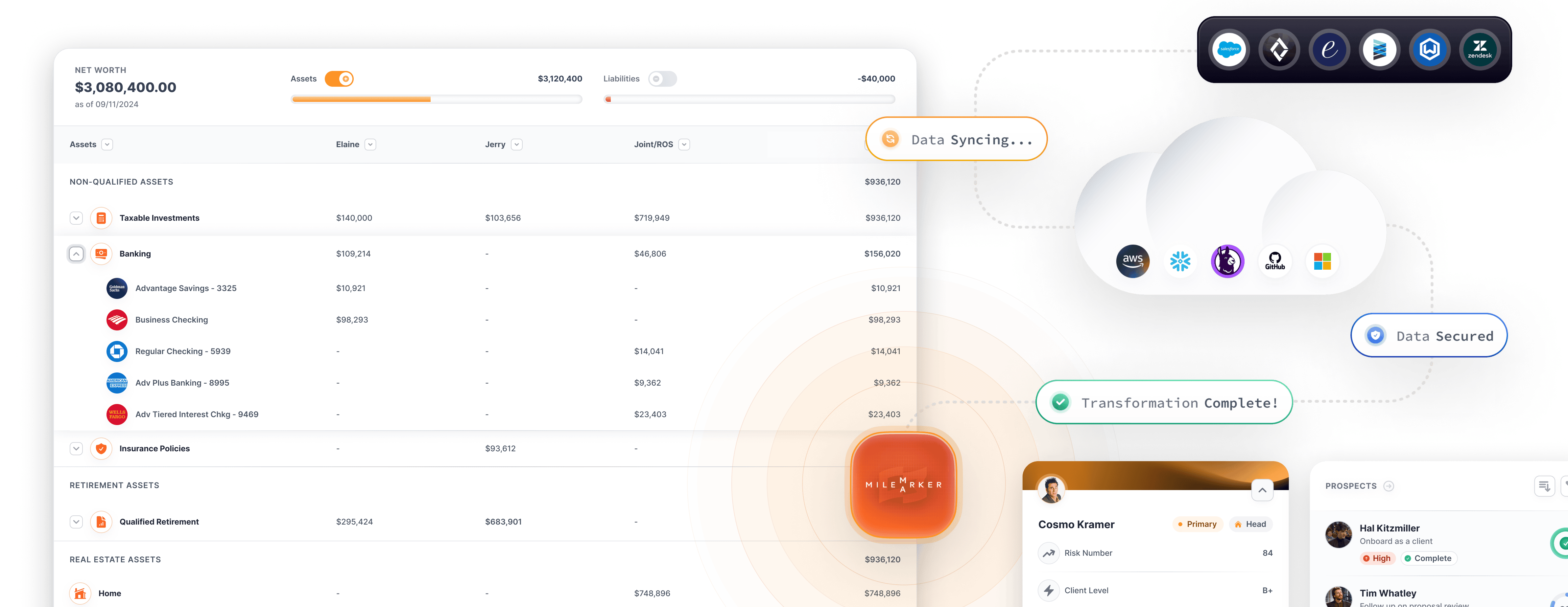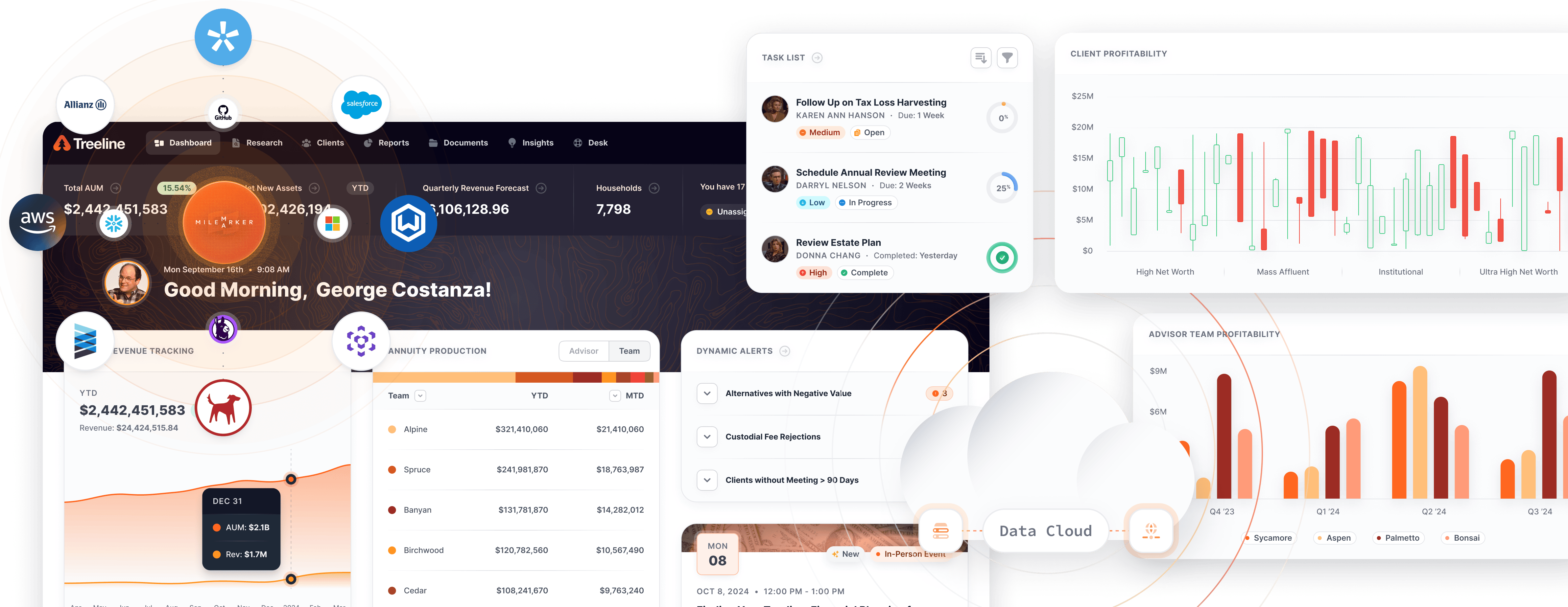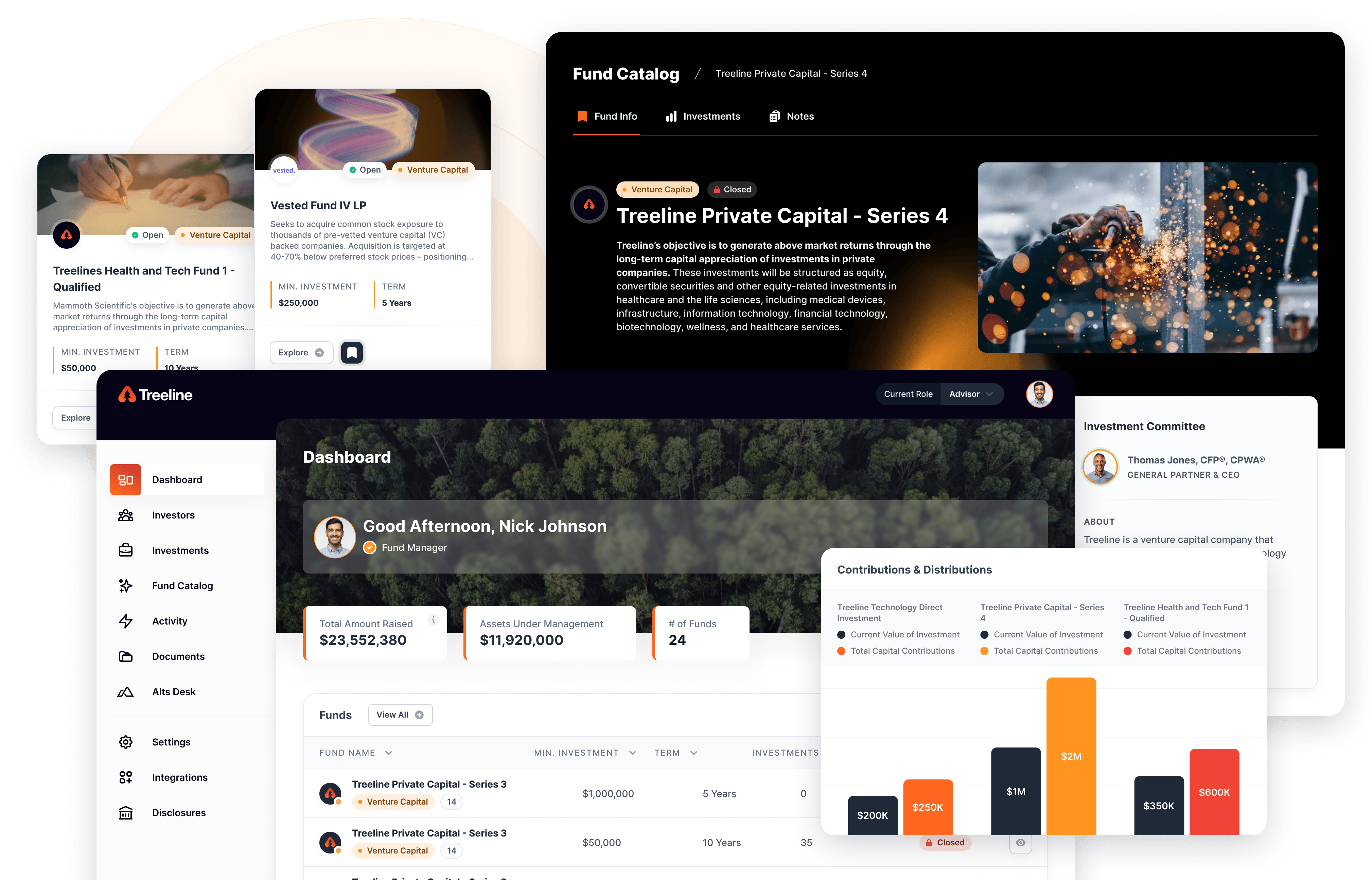Five Mistakes Advisory Firms Make With Data and Integrations

Wealth technology integrations and data management can be full-time job. With so many moving parts, it’s easy to make a mistake and jeopardize the health of your firm’s technology infrastructure or your client’s information. Here are five common mistakes advisors make with data and integrations – and how to avoid them.
Mistake 1: Not Documenting Your Integration Points and the Data Shared Between Technology Providers.
One common mistake is failing to integrate all of your firm’s data. This can lead to silos of information and inefficiencies in your workflow. Make sure you are integrating all of your data sources, including CRM, AUM, billing, and performance reporting.
Mistake 2: Avoiding Automation
Another mistake is not having a clear understanding of what data you need, don’t need, and how to automate both. Without clear conditional automation, this can lead to information overload and make it difficult to find the needle in the haystack when you’re looking for something specific. Know what data you need – and where to find it – so you can avoid getting lost in a sea of irrelevant information.
Mistake 3: Collecting As Much Data As You Can
More data doesn’t equal better firm performance. If you’re collecting all types of client information but not keeping your data clean, you can expect problems down the road. When data is outdated, inaccurate, or incomplete, it can lead to bad decision-making. Make sure you have a process in place for regularly cleaning and maintenance of your data. This will save you time and headaches in the long run.
Mistake 4: Leaving Your Systems Unsecured
Failing to secure your data properly is another mistake that can come back to bite you. With so many cyber threats out there, it’s important to make sure your data is safe and secure. Implement strong security measures – like encryption, external warehousing, and third-party audits – to protect your data from unauthorized access.
Mistake 5: Avoiding Murphy’s Law.
The final mistake on this list is not having a plan for data backup and disaster recovery. This is something that should be top of mind for any business – not just those in the financial industry. Make sure you have a solid plan in place for backing up your data and recovering from a disaster.
Avoiding these mistakes will go a long way in ensuring the health of your firm’s technology infrastructure and overall success. Integrations and data management may seem daunting, but following these best practices will help you stay on track.
Do you have any other tips for avoiding common mistakes with integrations and data management? Share them in the comments below! And if you’re looking for more guidance on this topic, be sure to contact us for how we empower firms to maximize their data.















